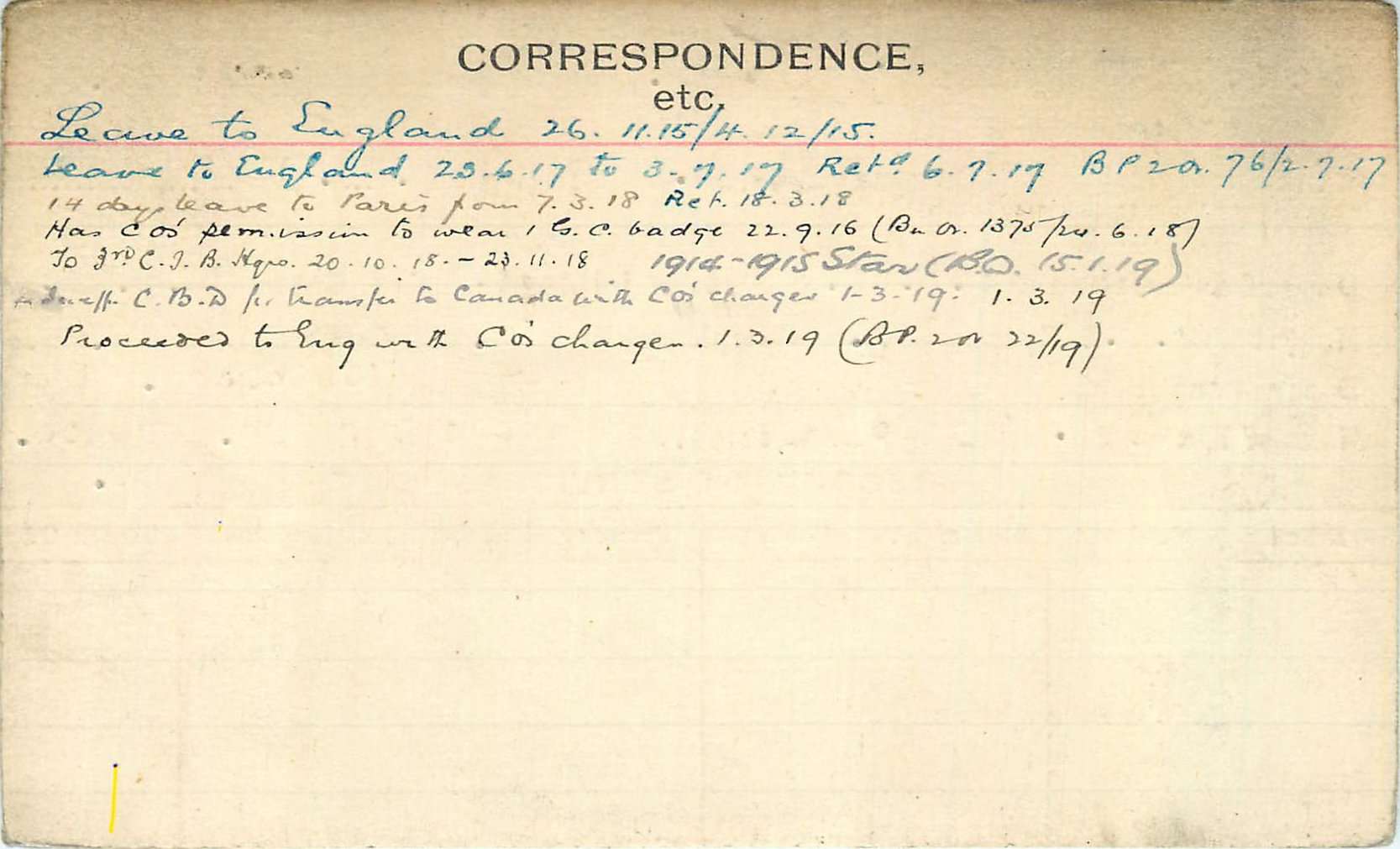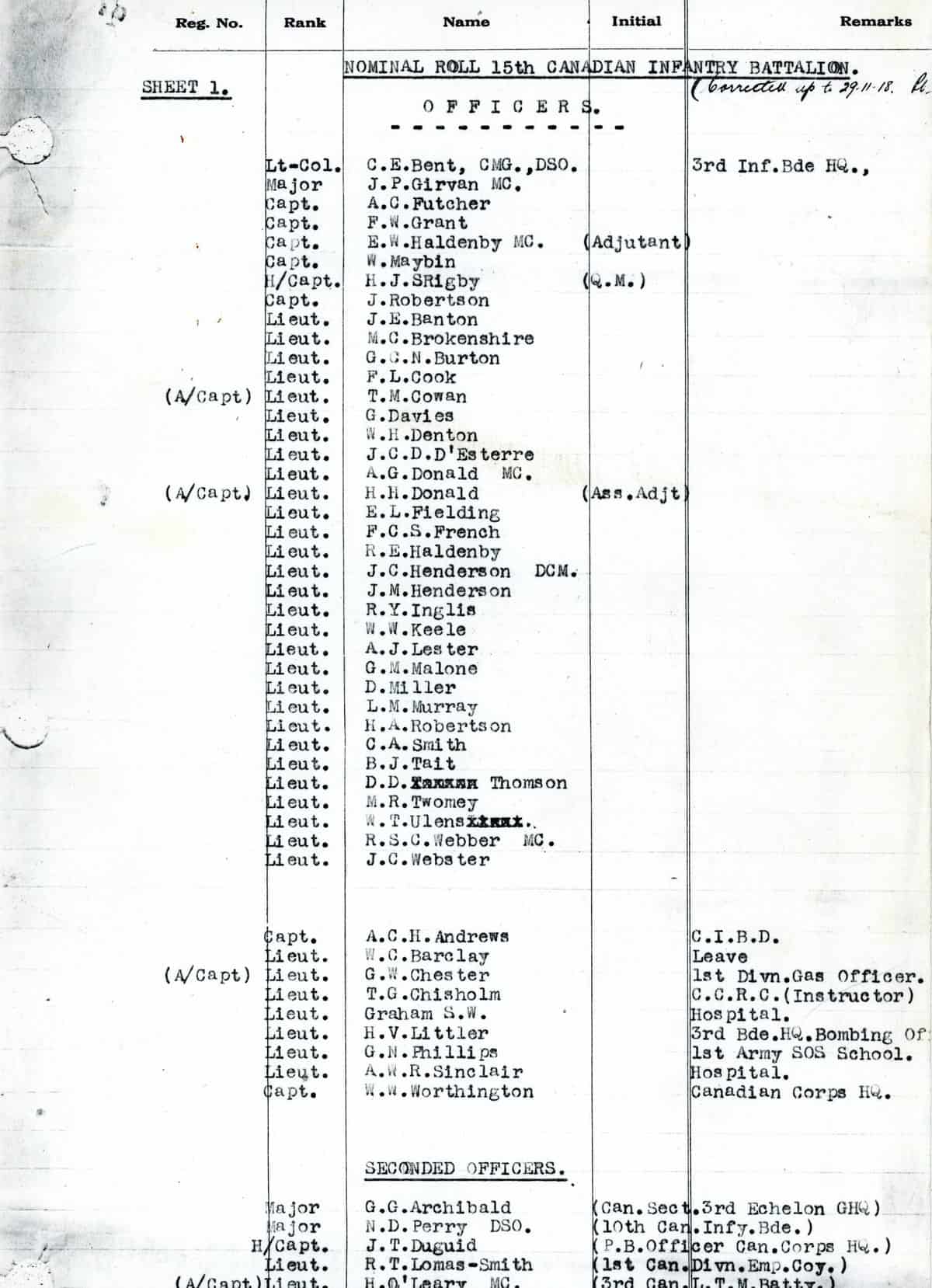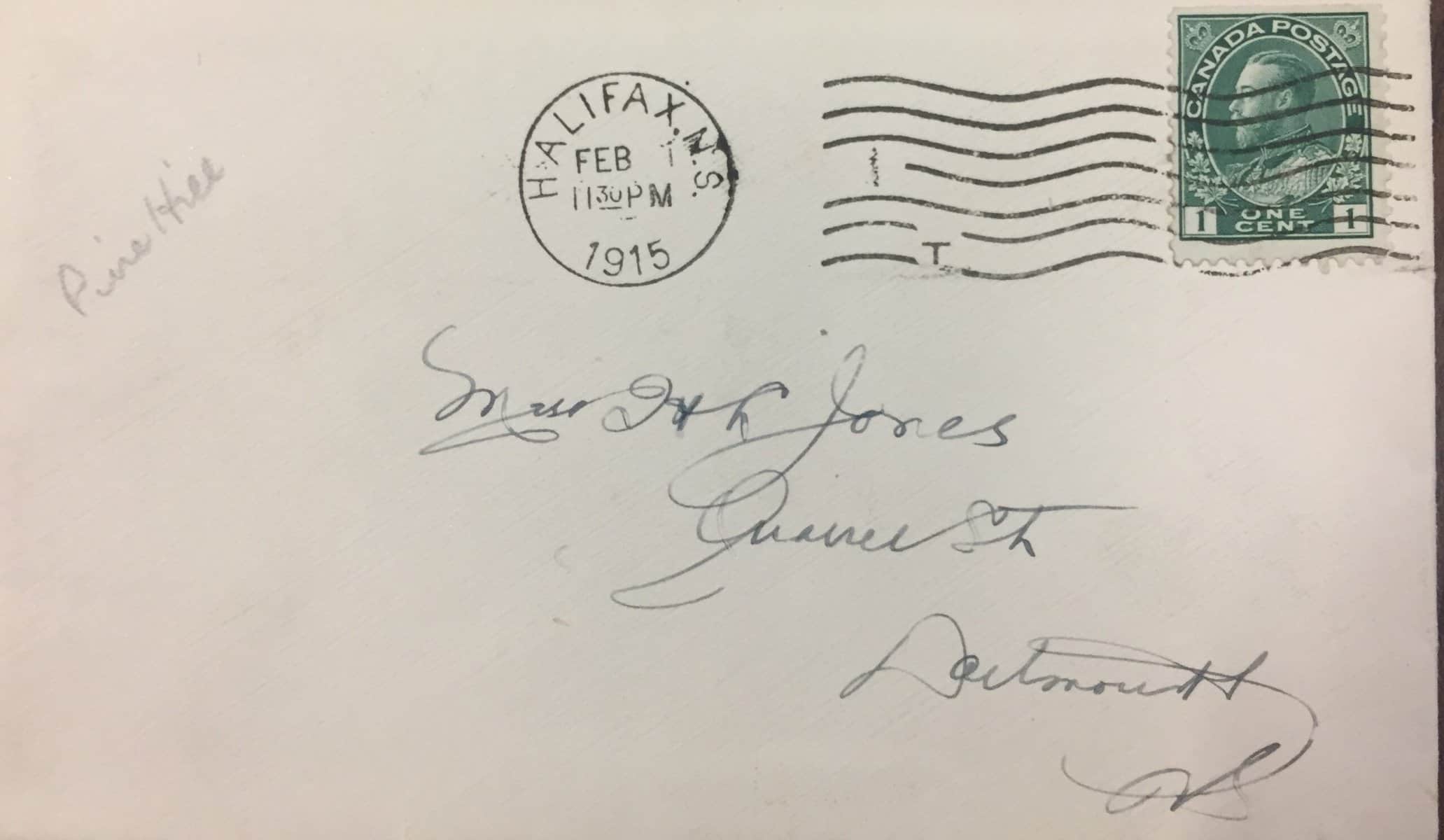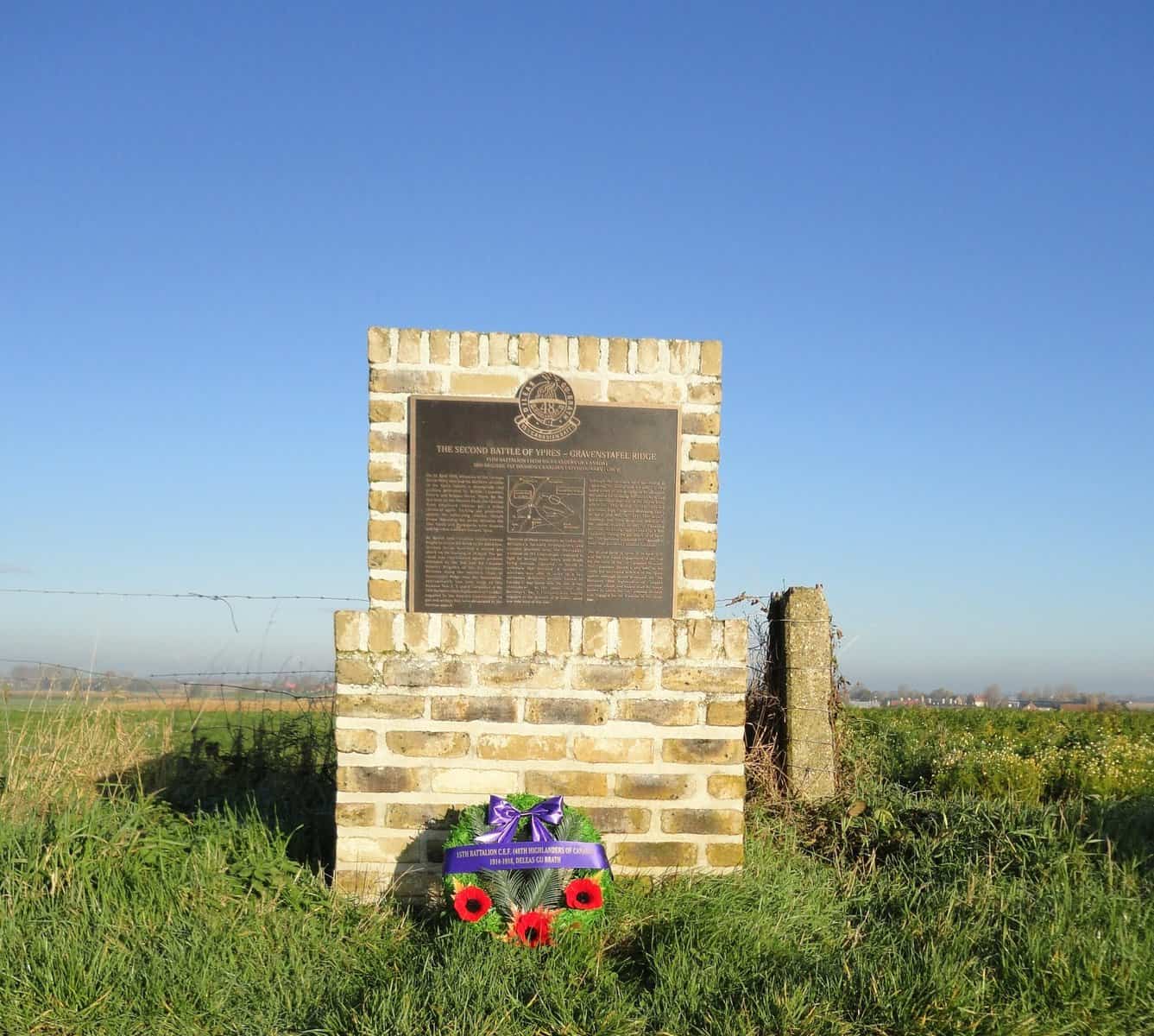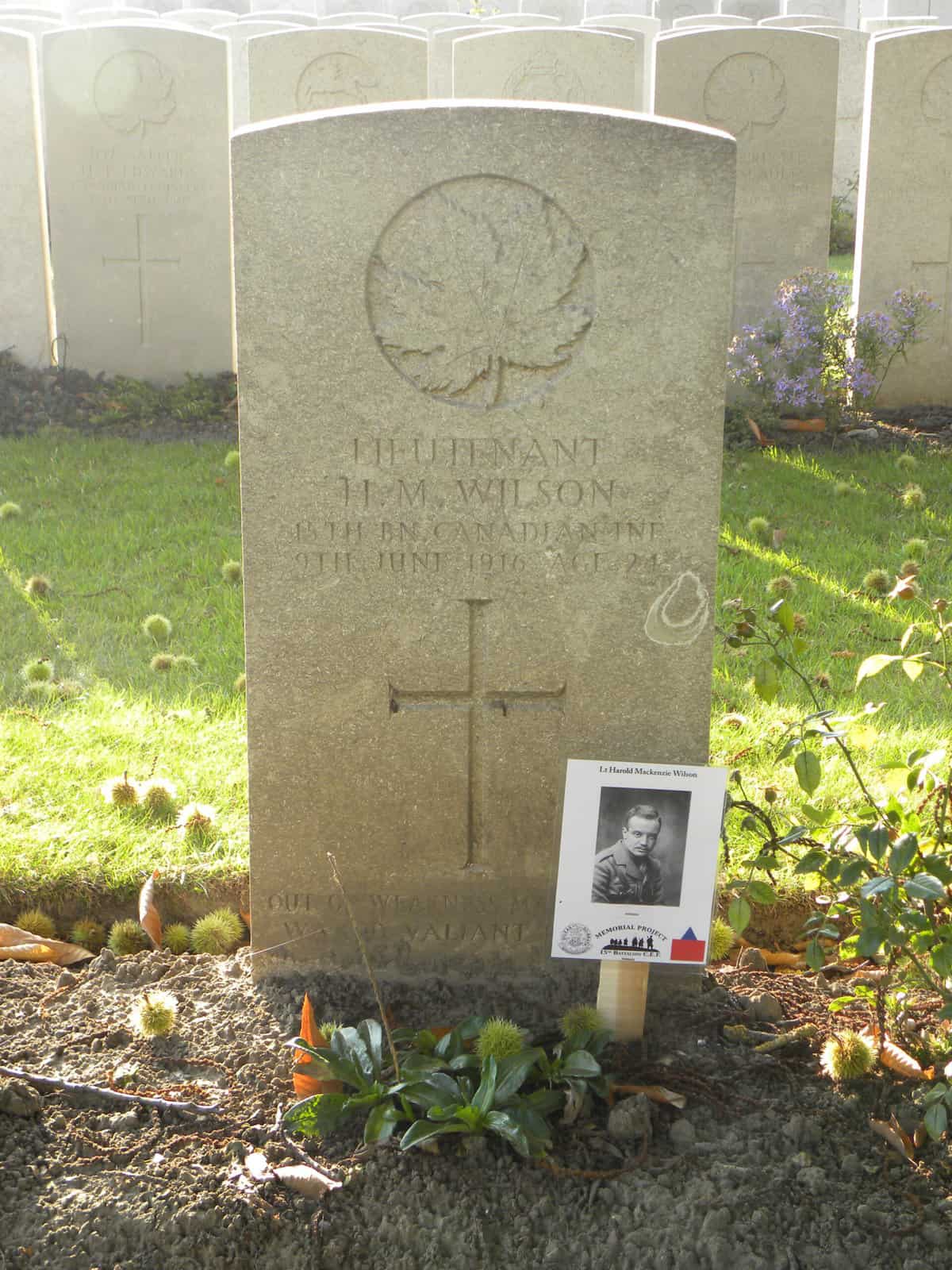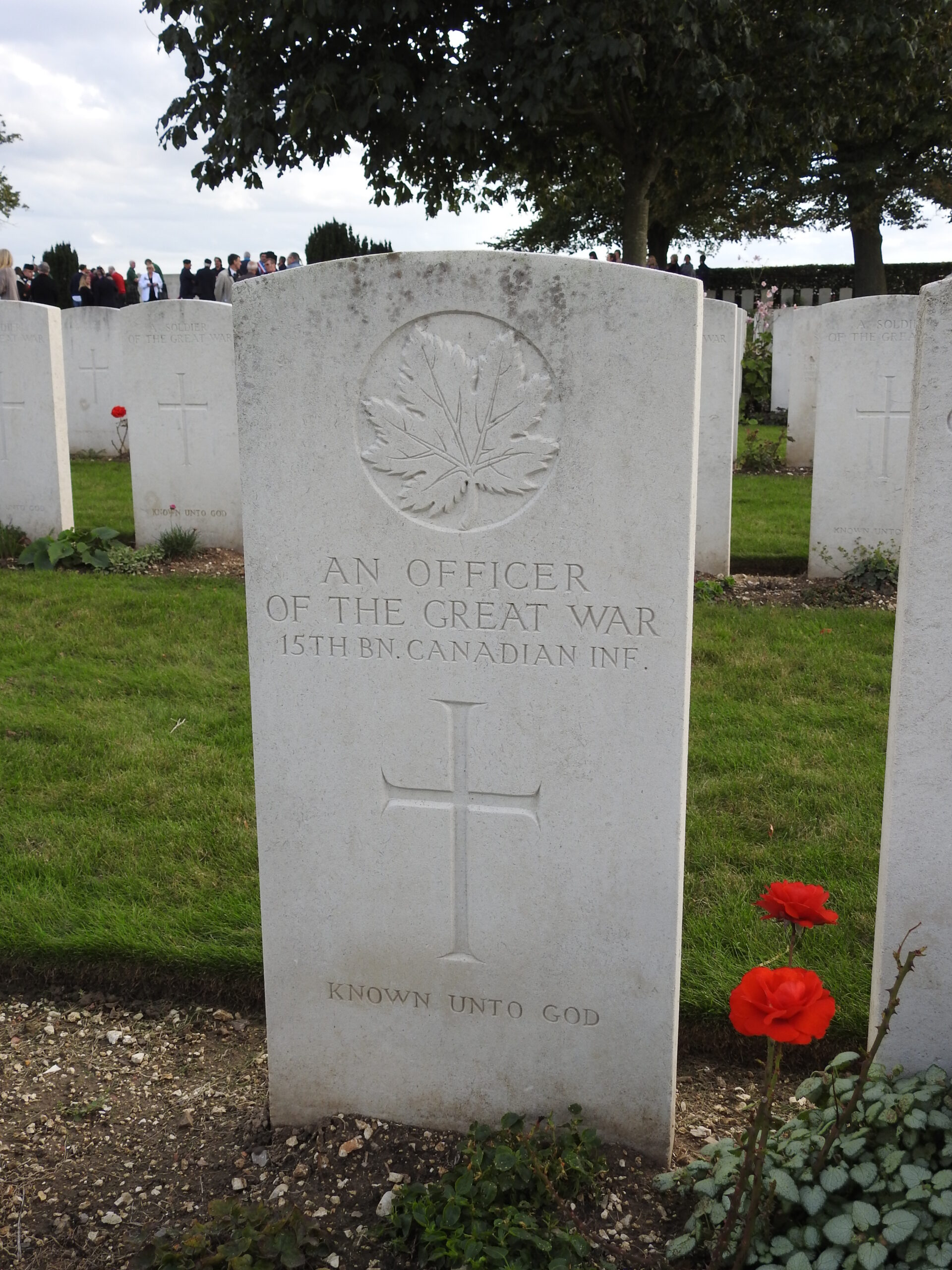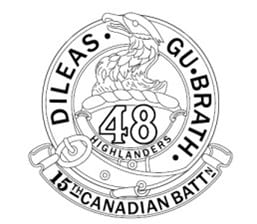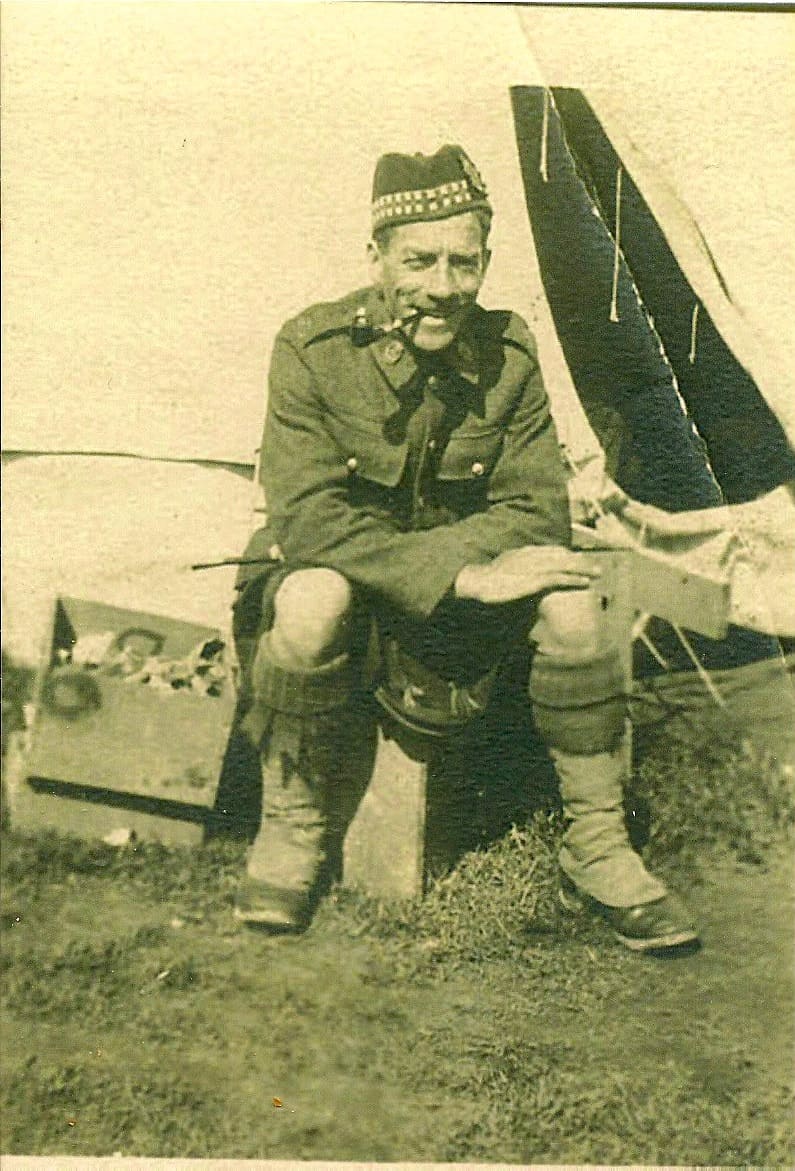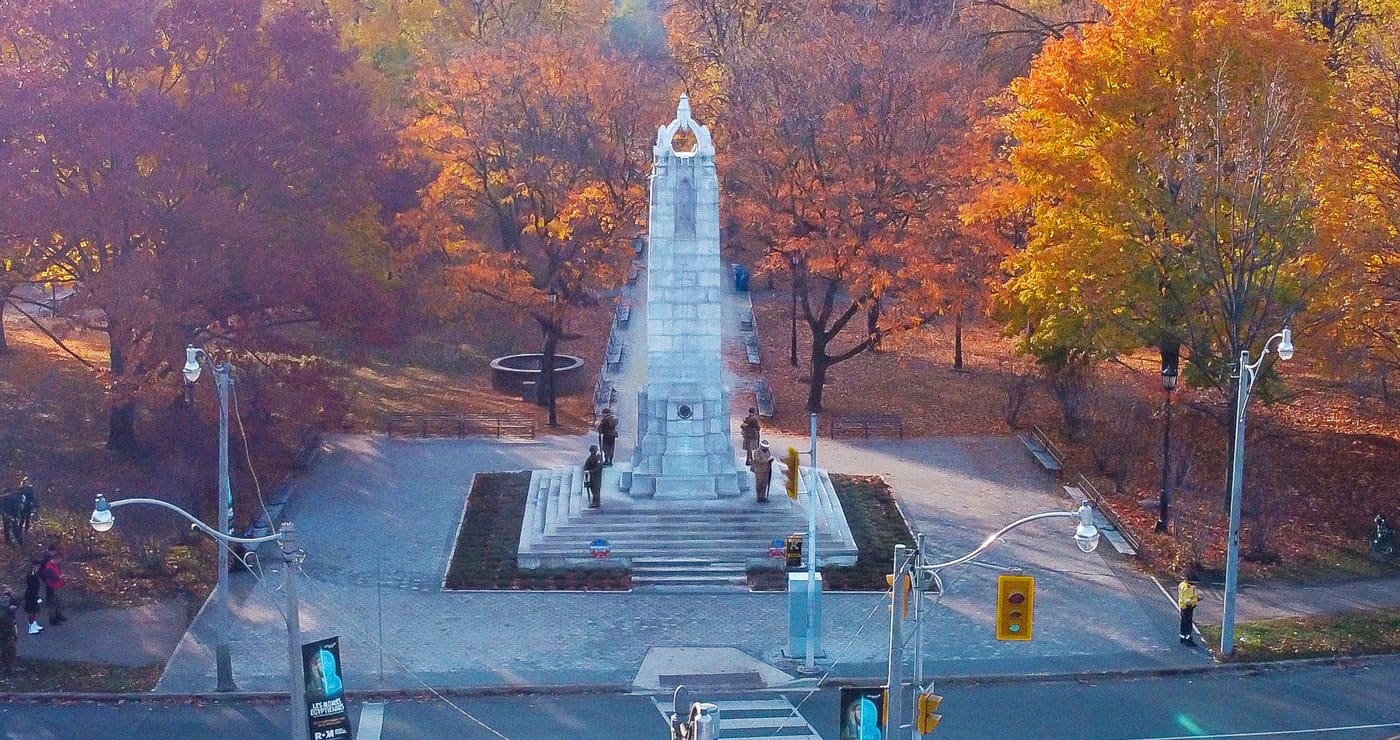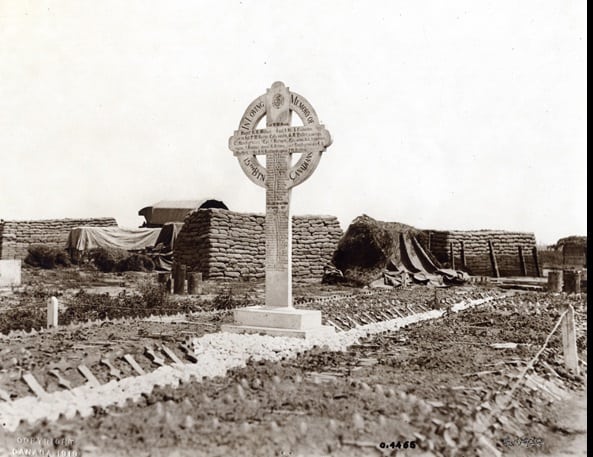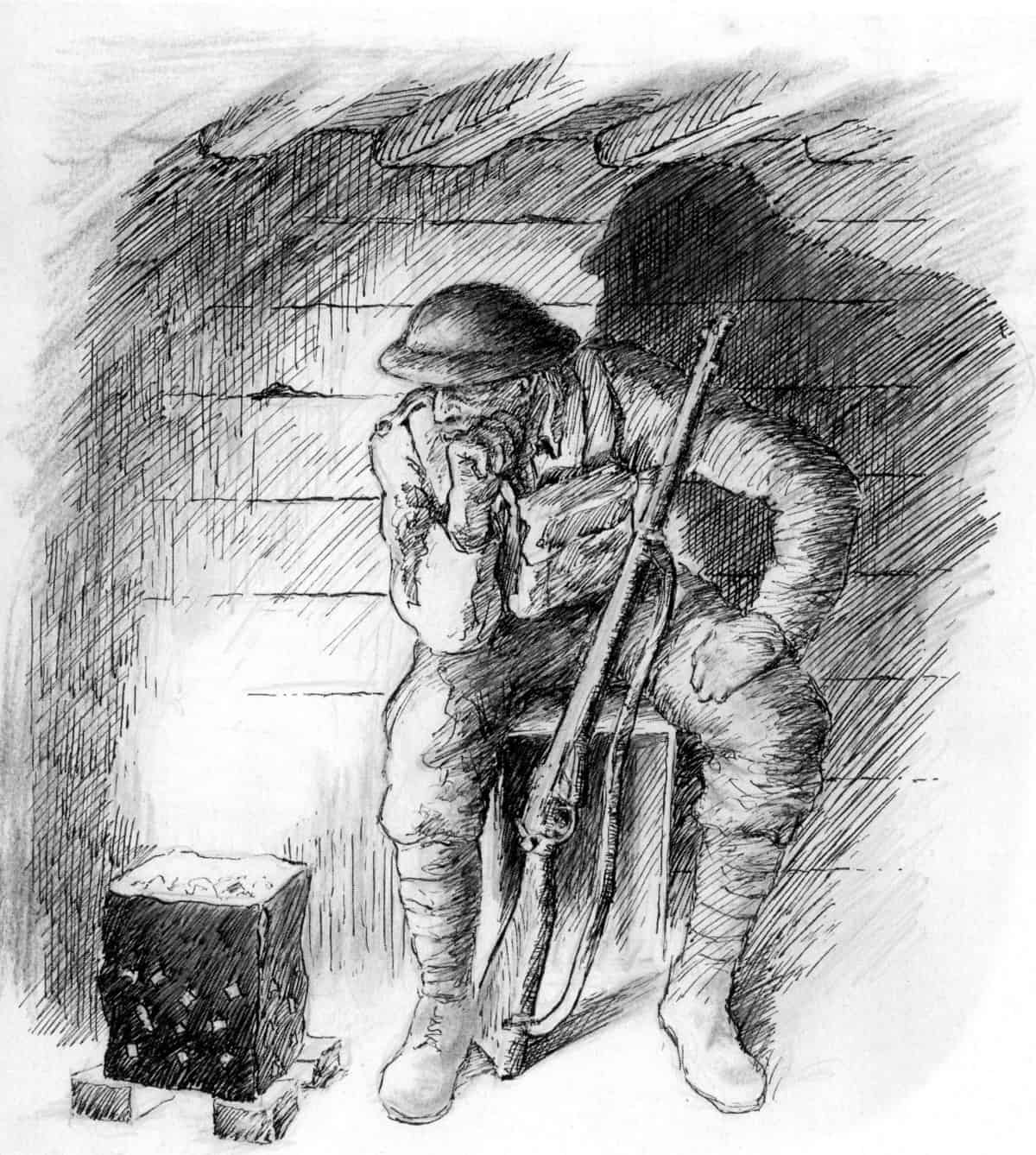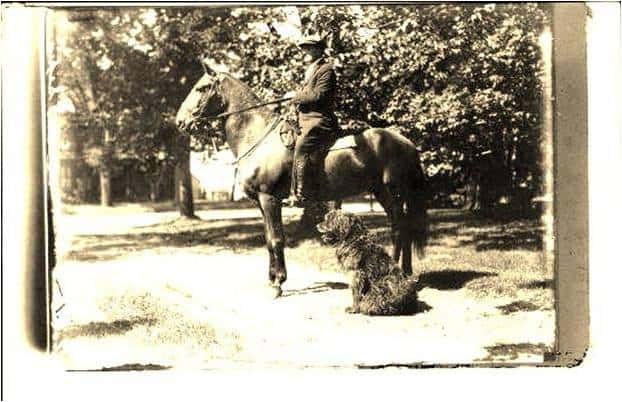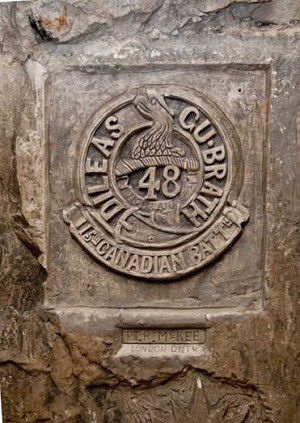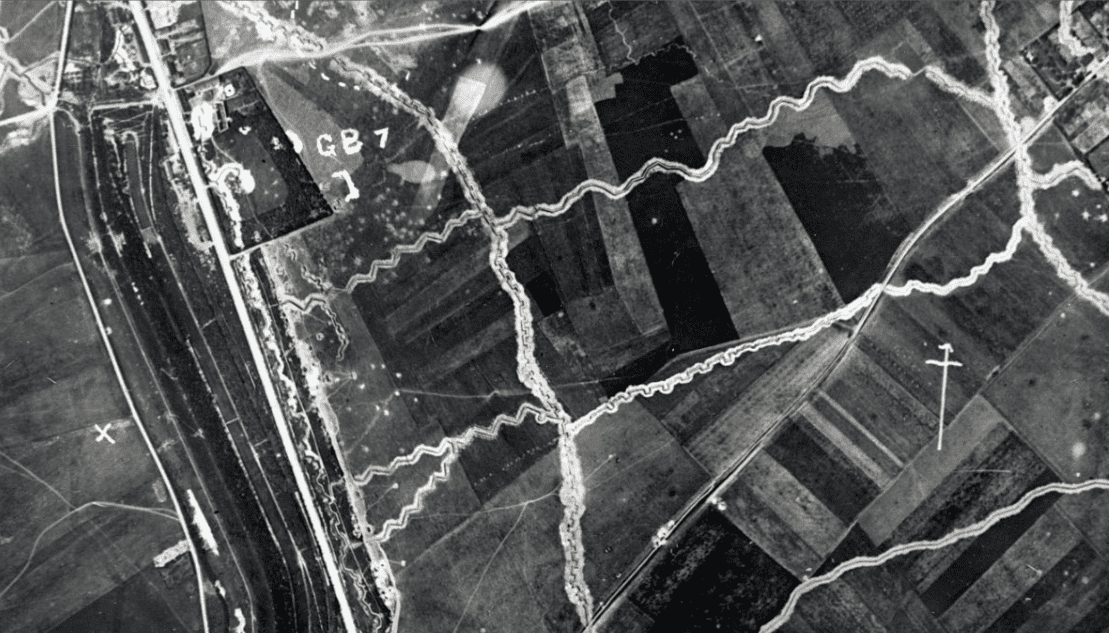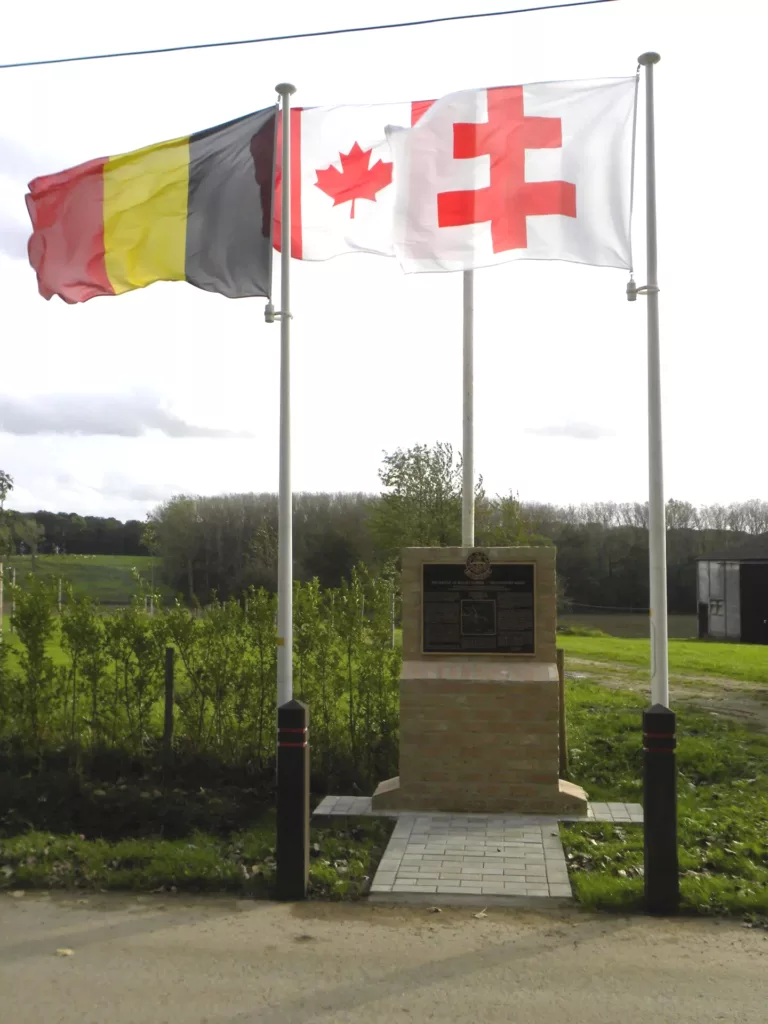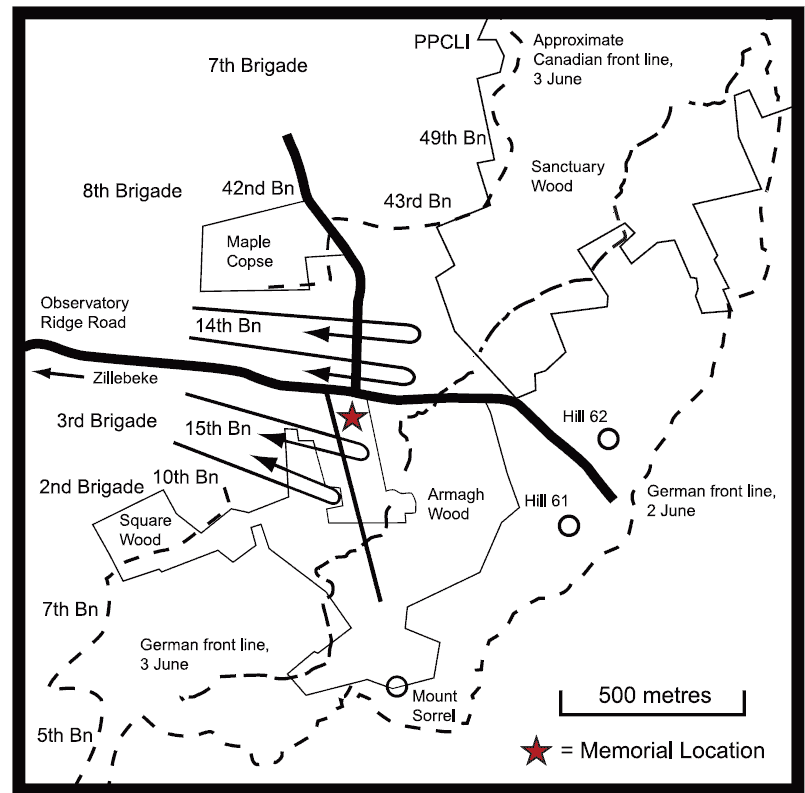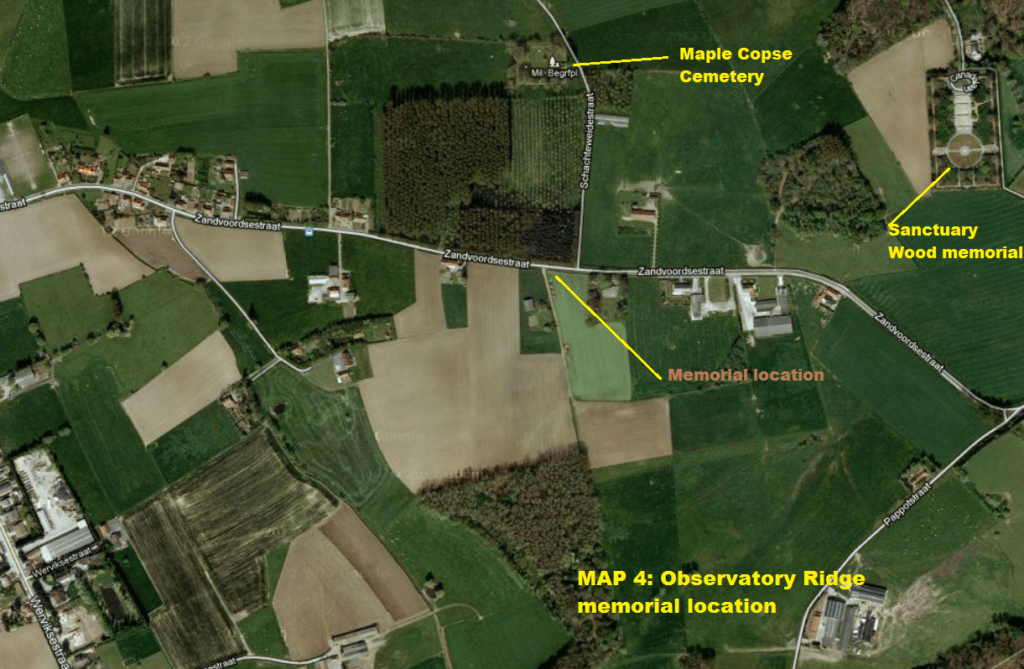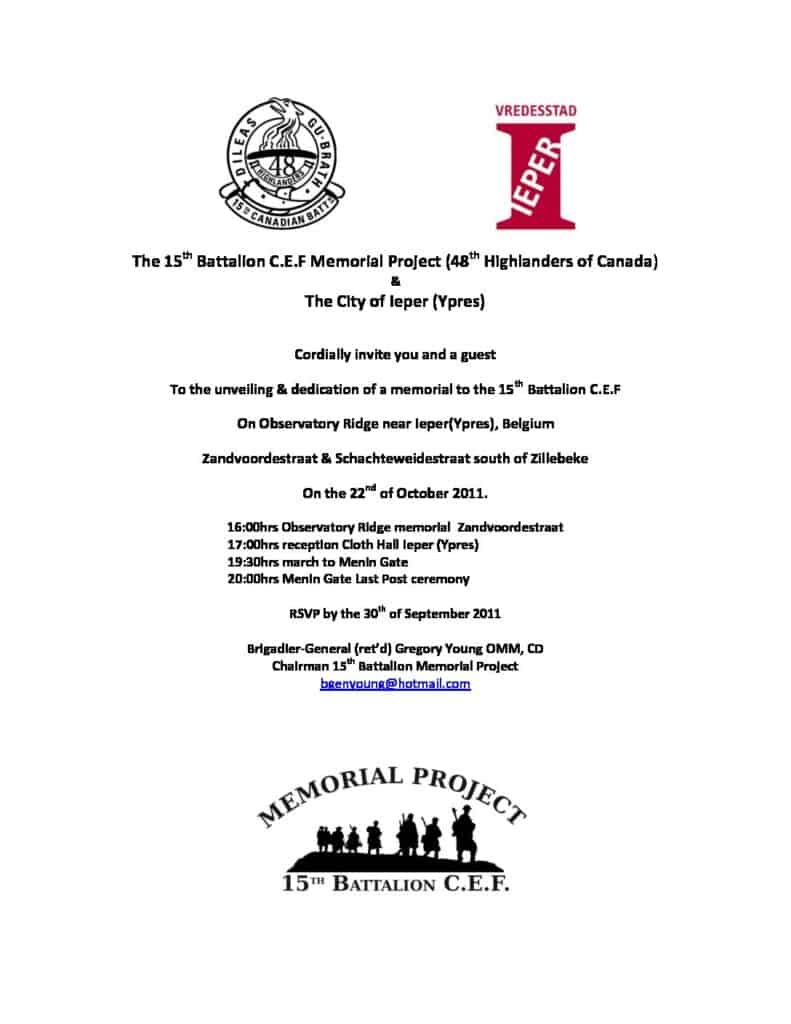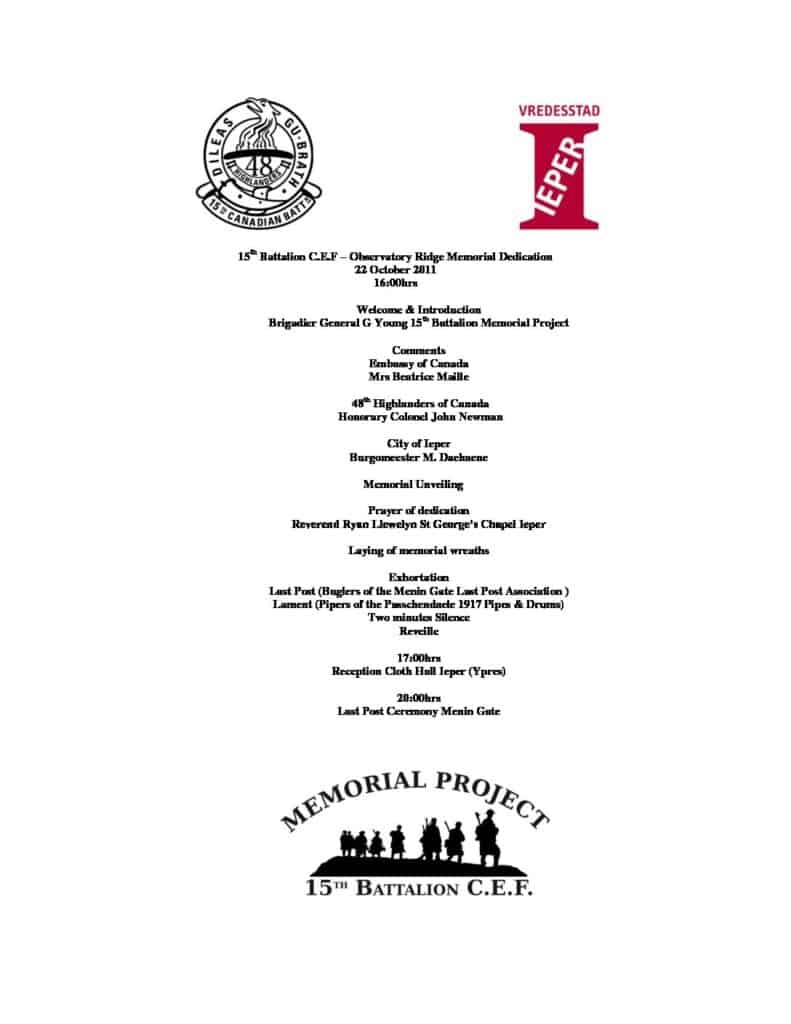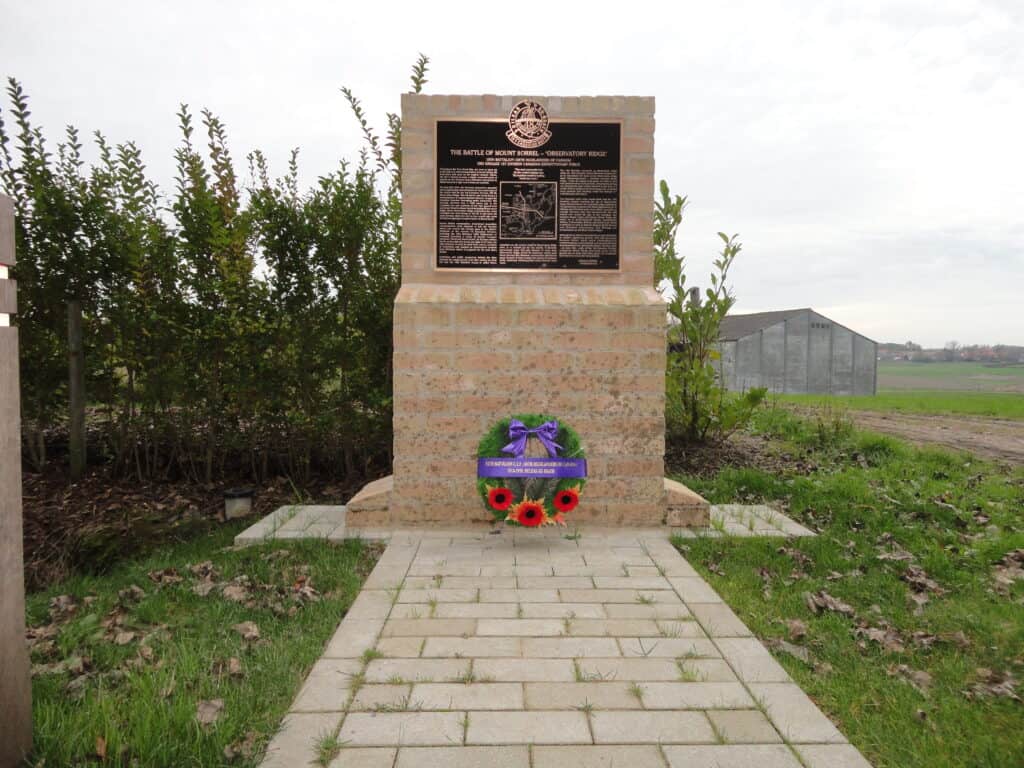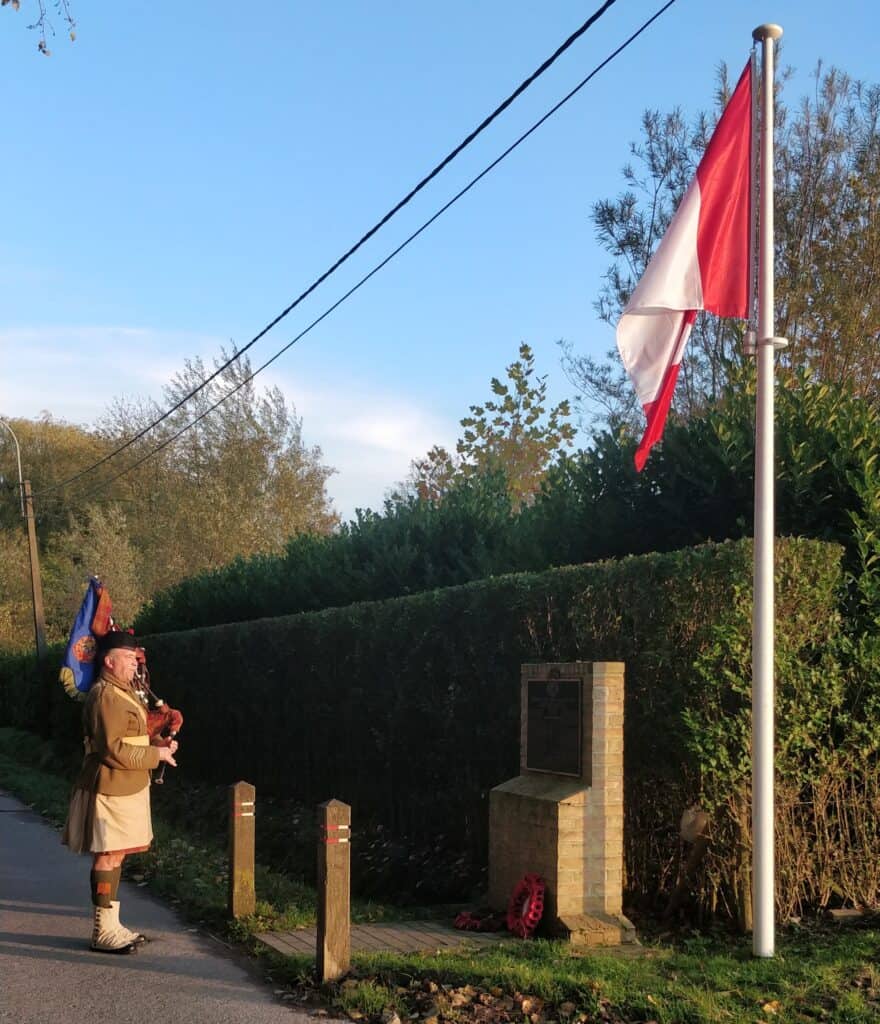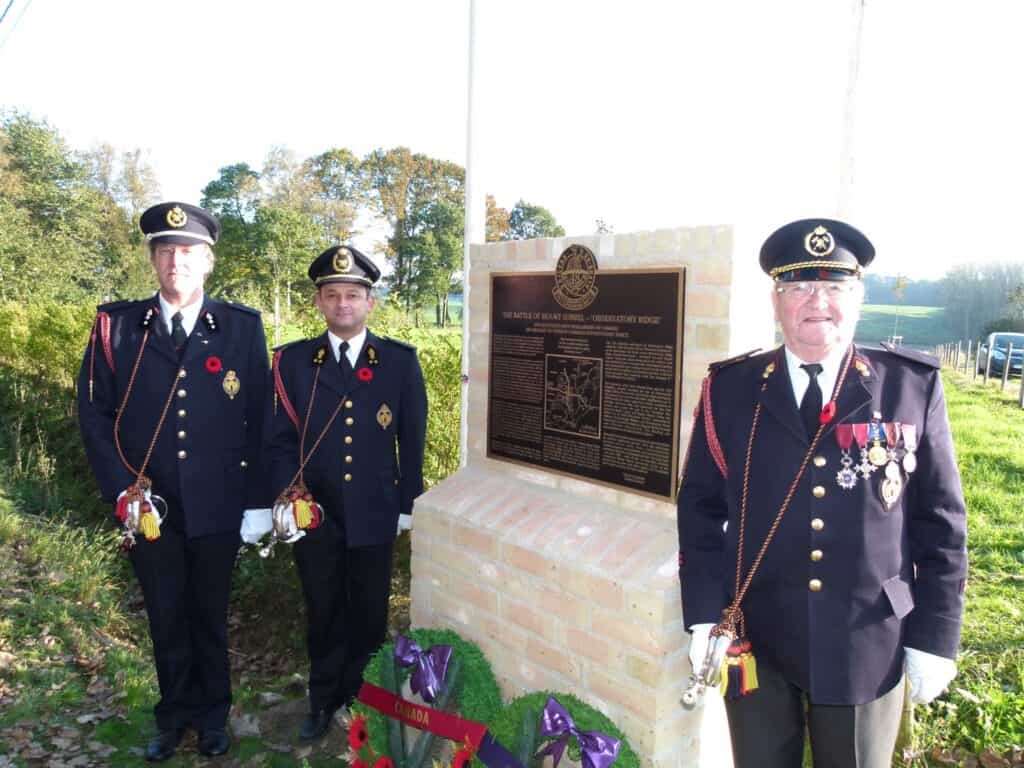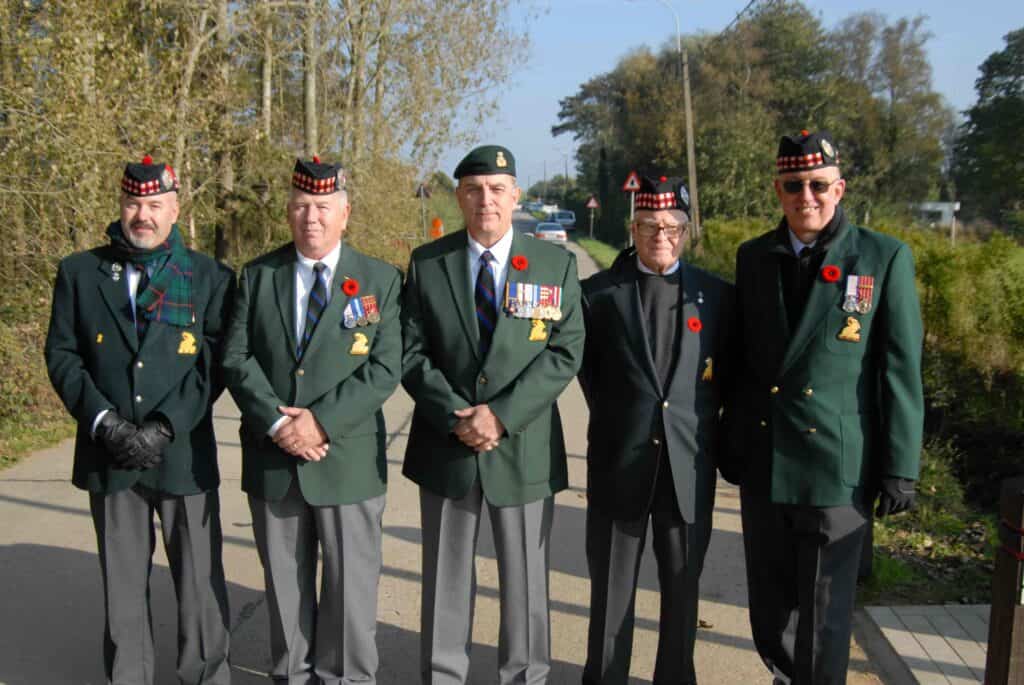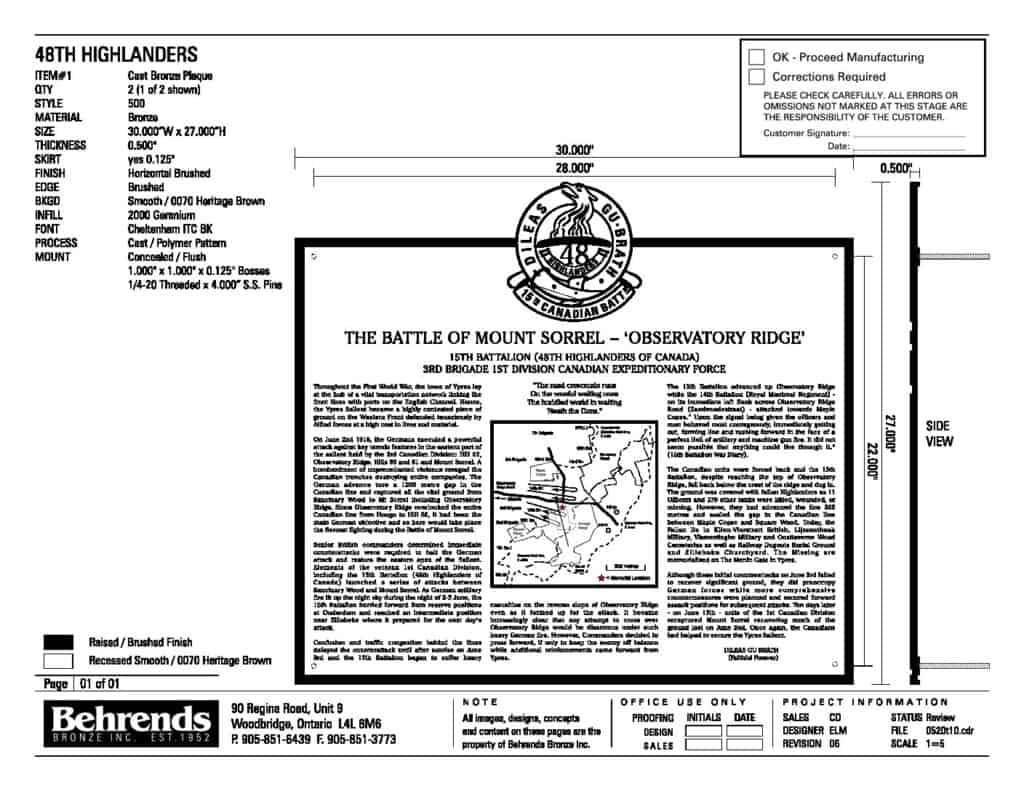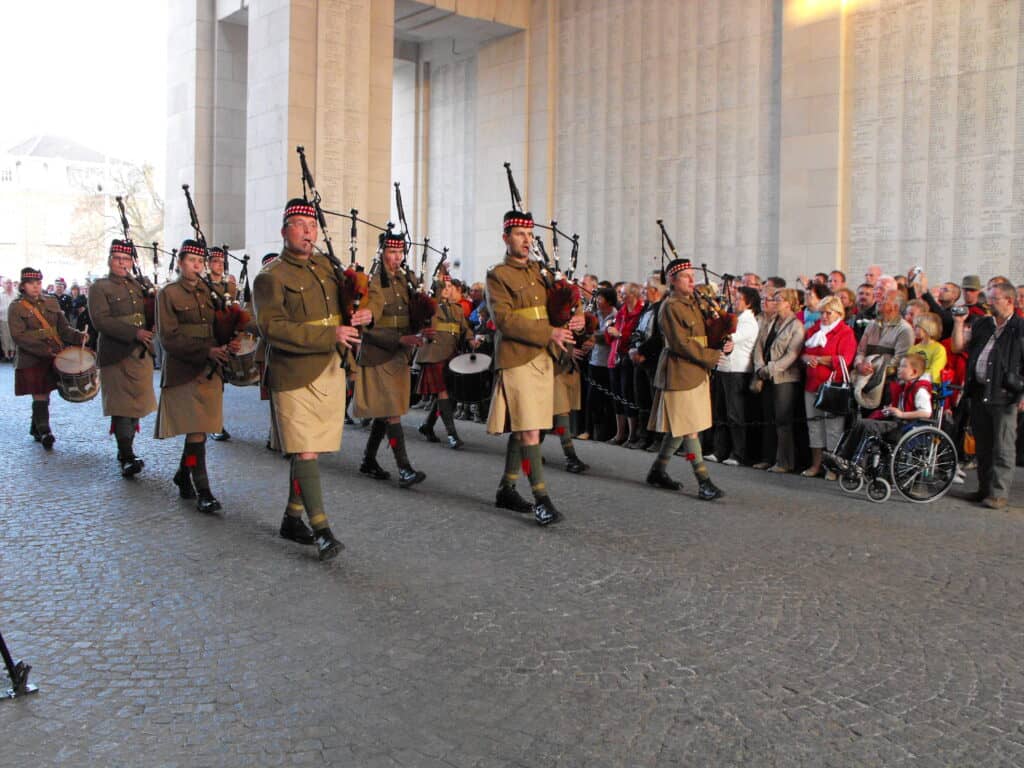“The mad crescendo runs
On the woeful waiting ones
The huddled world in waiting
‘Neath the Guns.”
Throughout the First World War, the town of Ypres lay at the hub of a vital transportation network linking the front lines with ports on the English Channel. Hence, the Ypres Salient became a highly contested piece of ground on the Western Front defended tenaciously by Allied forces at a high cost in lives and materiel.
On June 2nd, 1916, the Germans executed a powerful attack against key terrain features in the eastern part of the salient held by the 3rd Canadian Division: Hill 62, Observatory Ridge, Hills 60 and 61 and Mount Sorrel. A bombardment of unprecedented violence ravaged the Canadian trenches destroying entire companies. The German advance tore a 1200 metre gap in the Canadian line and captured all the vital ground from Sanctuary Wood to Mt Sorrel including Observatory Ridge. Since Observatory Ridge overlooked the entire Canadian line from Hooge to Hill 60, it had been the main German objective and so here would take place the fiercest fighting during the Battle of Mount Sorrel.
Senior British commanders determined immediate counterattacks were required to halt the German attack and restore the eastern apex of the Salient. Elements of the veteran 1st Canadian Division, including the 15th Battalion (48th Highlanders of Canada) launched a series of attacks between Sanctuary Wood and Mount Sorrel. As German artillery fire lit up the night sky during the night of 2-3 June, the 15th Battalion hurried forward from reserve positions at Ouderdom and reached an intermediate position near Zillebeke where it prepared for the next day’s attack.
Confusion and traffic congestion behind the lines delayed the counterattack until after sunrise on June 3rd and the 15th Battalion began to suffer heavy casualties on the reverse slope of Observatory Ridge even as it formed up for the attack. It became increasingly clear that any attempt to cross over Observatory Ridge would be disastrous under such heavy German fire. However, Commanders decided to press forward, if only to keep the enemy off balance while additional reinforcements came forward from Ypres.
The 15th Battalion advanced up Observatory Ridge while the 14th Battalion (Royal Montreal Regiment) – on its immediate left flank across Observatory Ridge Road (Zandvoodestraat) – attacked towards Maple Copse.“ Upon the signal being given the officers and men behaved most courageously, immediately getting out, forming line and rushing forward in the face of a perfect Hell of artillery and machine gun fire. It did not seem possible that anything could live through it.” (15th Battalion War Diary).
The Canadian units were forced back and the 15th Battalion, despite reaching the top of Observatory Ridge, fell back below the crest of the ridge and dug in. The ground was covered with fallen Highlanders as 11 Officers and 279 other ranks were killed, wounded, or missing. However, they had advanced the line 300 metres and sealed the gap in the Canadian line between Maple Copse and Square Wood. Today, the Fallen lie in Klien-Vierstratt British, Lijssenthoek Military, Vlamertinghe Military and Oosttaverne Wood Cemeteries as well as Railway Dugouts Burial Ground and Zillebeke Churchyard. The Missing are memorialized on The Menin Gate in Ypres.
Although these initial counterattacks on June 3rd failed to recover significant ground, they did preoccupy German forces while more comprehensive countermeasures were planned and secured forward assault positions for subsequent attacks. Ten days later – on June 13th – units of the 1st Canadian Division recaptured Mount Sorrel recovering much of the ground lost on June 2nd. Once again, the Canadians had helped to secure the Ypres Salient.


